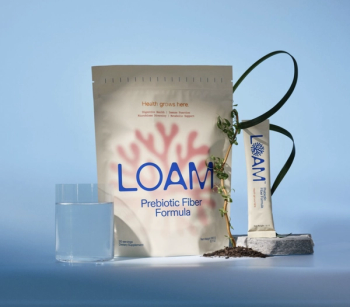
|Slideshows|April 30, 2018
5 Green Superfood and Grass Supplement Trends to Watch in 2018
Author(s)Mike Straus
Cereal grasses are more popular with consumers than ever. Here are five market trends to keep your eye on, including new product formats, flavors, and more.
Advertisement
Newsletter
From ingredient science to consumer trends, get the intel you need to stay competitive in the nutrition space—subscribe now to Nutritional Outlook.
Advertisement
Advertisement
Advertisement
Trending on Nutritional Outlook - Supplement, Food & Beverage Manufacturing Trends
1
Artemis International: 30 Years of Science-Backed Berry and Botanical Innovation
2
Pycnogenol supplementation effective for lipedema symptom reduction, new clinical trial demonstrates
3
Certifications, Clinical Trials, and Consumer Trust: How SGS NutriSource Serves the Industry
4
A Leader for the Times: NOW Health Group's Jim Emme on Thoughtful Leadership
5





